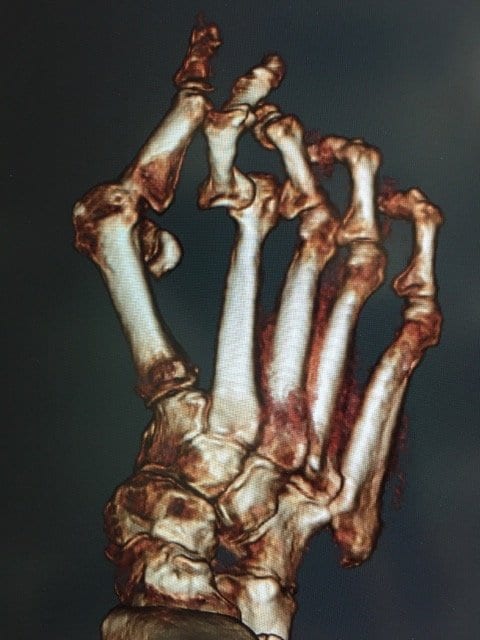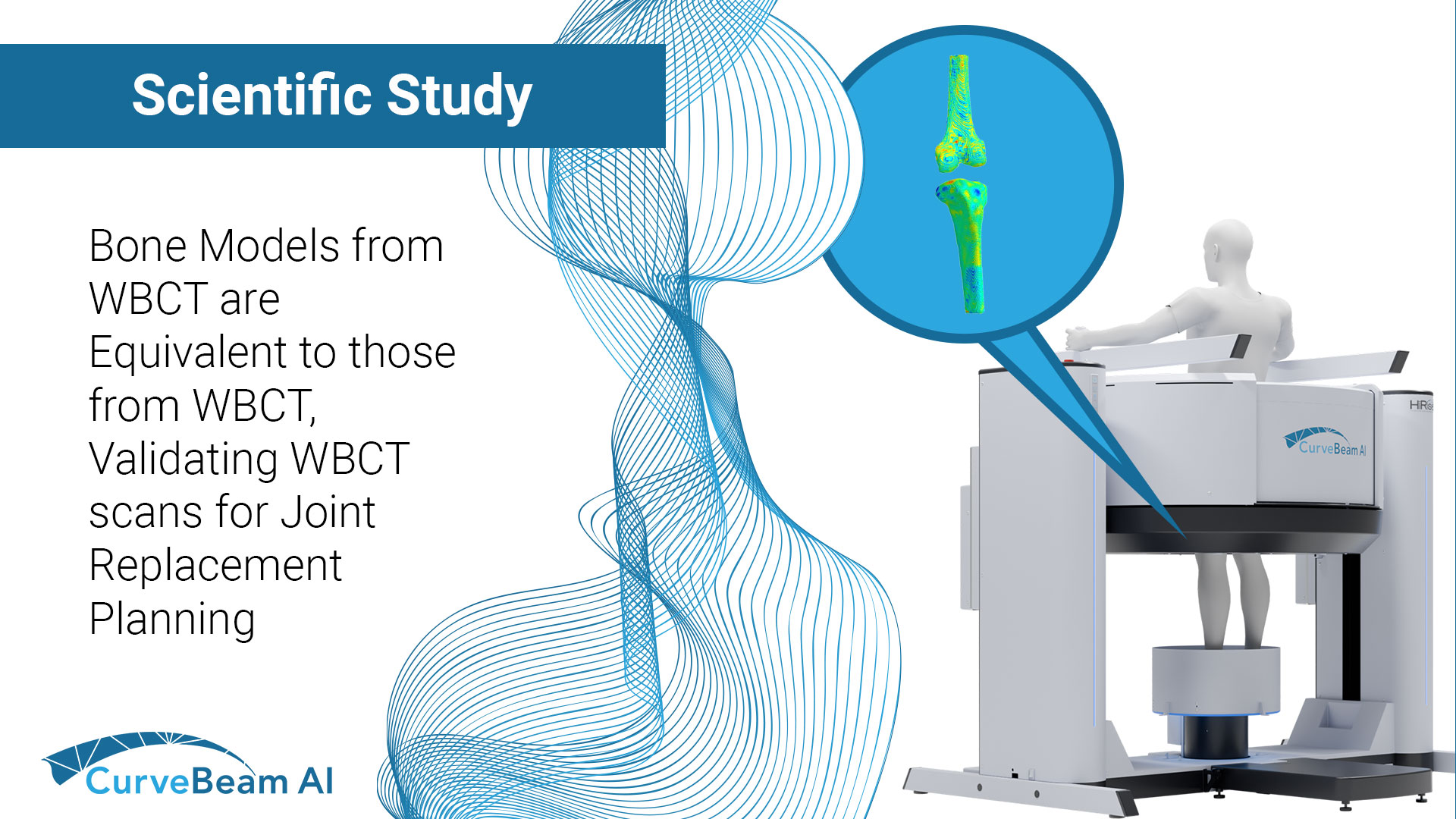Fragility fractures are often the first visible sign of underlying osteoporosis but too often, they…

Orientation of the Subtalar Joint: Measurement and Reliability Using Weight Bearing CT Scans
Is there a reliable method to predict the type and perhaps the extent of osteoarthritis one might find in the ankle? Based on a recent article, which the examined the varus and valgus orientation of the talus and the configuration of the subtalar joint under weight bearing conditions, the possibility is there.
“A majority of the patients with ankle osteoarthritis present with an asymmetric wear pattern (eg, varus or valgus type),” according to a study published in 2009 by Valderrabano V, Horisberger M, Russell I, Dougall H, Hintermann B. titled, “Etiology of ankle osteoarthritis.”
Evaluation of these wear patterns, however, remained a challenge until recently, when Nicola Krähenbühl, MD, Michael Tschuck, Lilianna Bolliger, MSc, Beat Hintermann, MD, and Markus Knupp, MD published “Orientation of the Subtalar Joint: Measurement and Reliability Using Weightbearing CT Scans.” (Foot & Ankle International® 2016, Vol. 37(1) 109–114.)
Osteoarthritis of the ankle joint is relatively common and found in 1 percent of the world’s population, and a majority of those patients present with an asymmetric wear pattern (eg, varus or valgus type), according to the authors. Furthermore, up to 60 percent of the patients suffering from an osteoarthritic ankle joint develop talar tilt with progression of the osteoarthritic process.
Current research suggests this condition is caused by deformities of the lower leg and knee joint, ligamentous laxity, tendon dysfunction and neurologic disorders. Recently, it has been proposed that the adjacent joints and, particularly, the subtalar joint may have a major influence on this process. “However, it is rather difficult to evaluate the orientation
of the subtalar joint using conventional radiographs; CT scans would be more appropriate,” the authors posit.
To distinguish between varus/valgus configuration of the subtalar joint, Van Bergeyk et al introduced the subtalar vertical angle (SVA) in 2002 using non weight bearing CT scans. “Today, weight bearing CT scans can be performed, leading to a better understanding of the functional anatomy of the hindfoot,” the article states.
Weight bearing CT technology became available in 2012. Weight bearing imaging only had been available in 2-dimensional X-Ray imaging prior to this, but weight bearing combined with computed tomography was needed to properly measure the SVA without superimposition of non-relevant anatomy that might throw off the measurement, including analyzing the shape of the subtalar joint. The subtalar joint is especially difficult to clinically and radiographically assess in 2D, due to the superimpositions, and attempts to artificially stress the joint and then scan using a conventional (non weight bearing) CT produced inconsistent results.
“Using weight bearing CT scans, we assessed the reproducibility of the SVA and analyzed the orientation of the subtalar joint in patients with asymmetric ankle osteoarthritis. We hypothesized that the SVA would provide reliable and reproducible measurements in varus ankles presenting with a varus subtalar joint and valgus ankles with a valgus orientation of the subtalar joint, respectively,” the authors said.
Using the new technology to view the joints, including utilization of the SVA measurement, the authors concluded the SVA measurements were reliable and consistent. “In our cohort, varus osteoarthritis of the ankle joint occurred with varus orientation of the subtalar joint whereas in patients with valgus osteoarthritis, valgus orientation of the subtalar joint was found,” the study said.
The authors found the results for the healthy cohort were significantly different, suggesting the orientation of the subtalar joint may play an important role in the development of ankle joint osteoarthritis.
Weight bearing CT not only allowed the authors to clinically and radiographically assess the ankle joints under the patient’s normal weight bearing conditions, but it also enabled them to make consistent and reproducible measurements.




